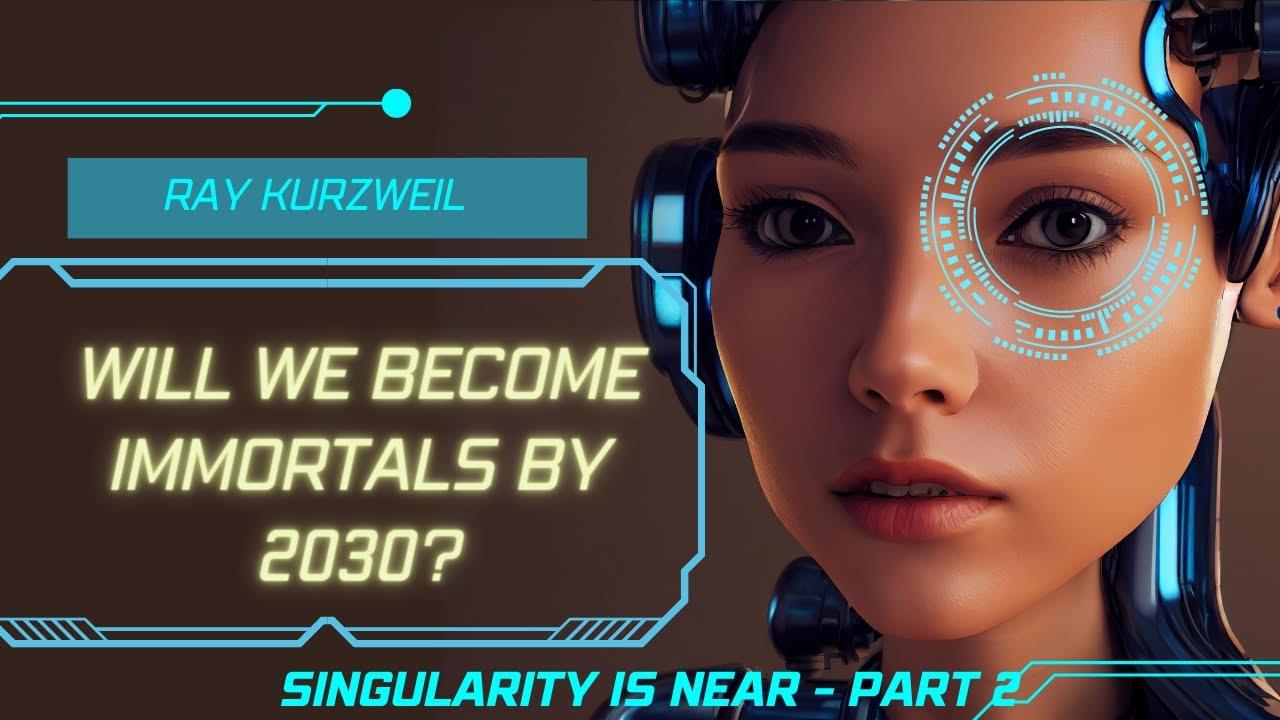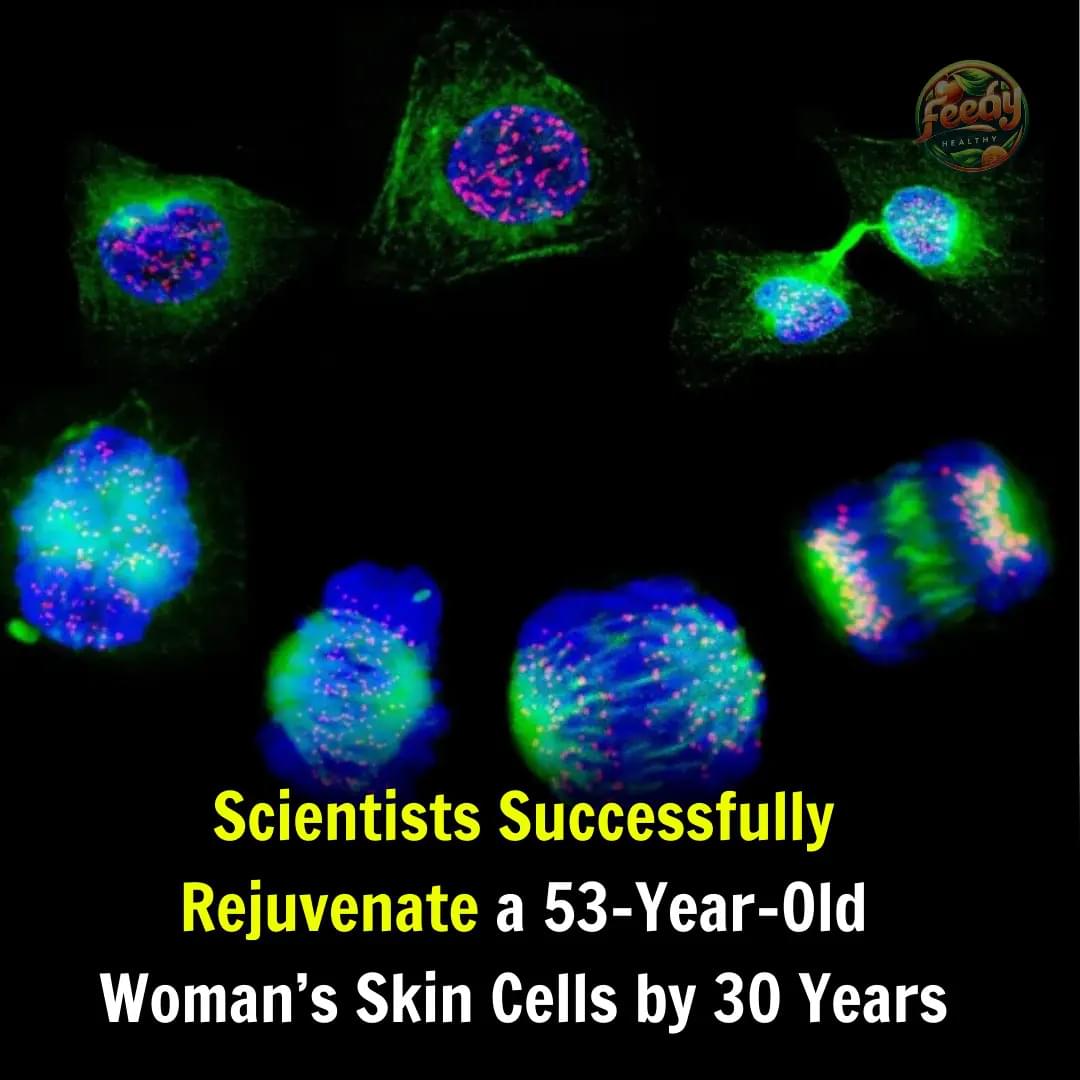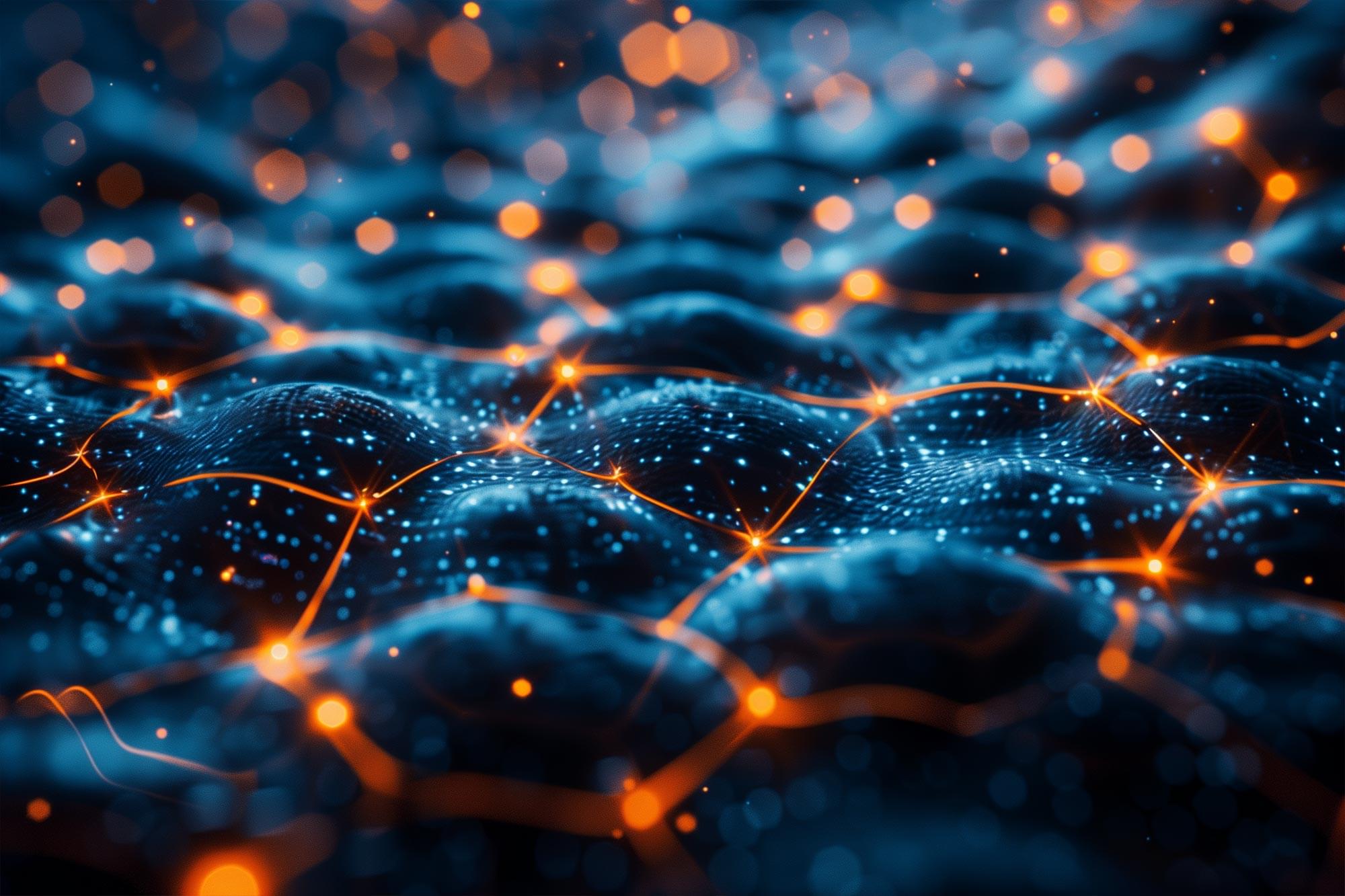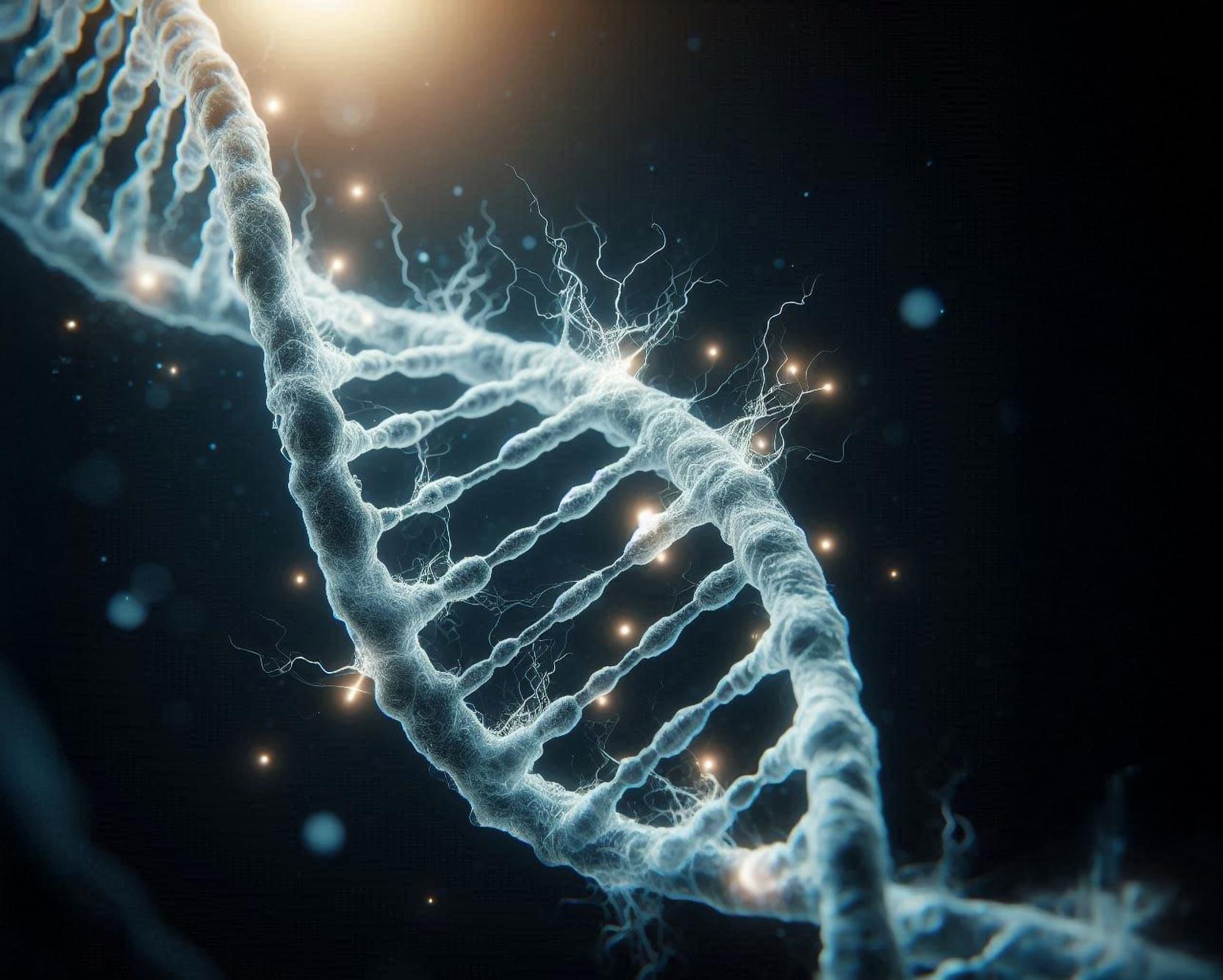Ray Kurzweil, who used to be a computer scientist at Google, is no stranger to accurate predictions. With an impressive track record, he foresaw consumers designing their own clothes from home computers by 1999 and the world’s best chess player losing to a computer by 2000. He had also predicted the widespread use of portable computers in various shapes and sizes by 2009.
His groundbreaking forecasts have consistently inspired people to push the boundaries of what is possible. Ray Kurzweil has so far made 147 predictions with 86% accuracy and has the world looking forward to the new ones with much anticipation. For his remarkable contributions and insight, the visionary was awarded the prestigious National Medal of Technology in 1999. He was also inducted into the National Inventors Hall of Fame in 2022.
The renowned futurist predicts that AI will surpass human intelligence and pass the Turing test by 2029. And that by 2045, humans will merge with the artificial intelligence we’ve created, a phenomenon he calls ‘The Singularity.’ He believes this would exponentially amplify our intelligence, creating unparalleled opportunities for innovation and progress.




